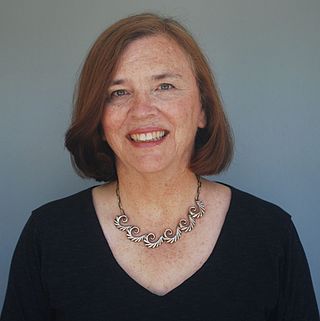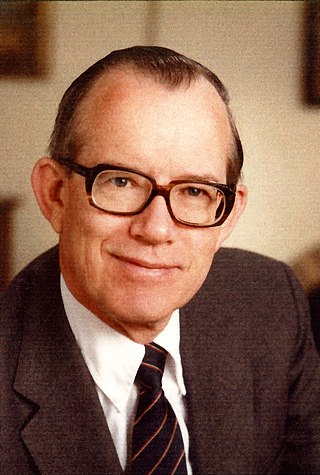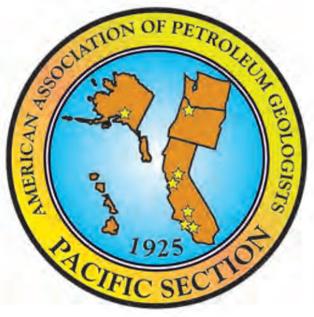
The American Association for the Advancement of Science (AAAS) is an American international non-profit organization with the stated goals of promoting cooperation among scientists, defending scientific freedom, encouraging scientific responsibility, and supporting scientific education and science outreach for the betterment of all humanity. AAAS was the first permanent organization to promote science and engineering nationally and to represent the interests of American researchers from across all scientific fields. It is the world's largest general scientific society, with over 120,000 members, and is the publisher of the well-known scientific journal Science.

The Institution of Civil Engineers (ICE) is an independent professional association for civil engineers and a charitable body in the United Kingdom. Based in London, ICE has over 92,000 members, of whom three-quarters are located in the UK, while the rest are located in more than 150 other countries. The ICE aims to support the civil engineering profession by offering professional qualification, promoting education, maintaining professional ethics, and liaising with industry, academia and government. Under its commercial arm, it delivers training, recruitment, publishing and contract services. As a professional body, ICE aims to support and promote professional learning, managing professional ethics and safeguarding the status of engineers, and representing the interests of the profession in dealings with government, etc. It sets standards for membership of the body; works with industry and academia to progress engineering standards and advises on education and training curricula.
The Institute of Physics (IOP) is a UK-based learned society and professional body that works to advance physics education, research and application.

The American Society of Civil Engineers (ASCE) is a tax-exempt professional body founded in 1852 to represent members of the civil engineering profession worldwide. Headquartered in Reston, Virginia, it is the oldest national engineering society in the United States. Its constitution was based on the older Boston Society of Civil Engineers from 1848.
The American Association of Petroleum Geologists (AAPG) is one of the world's largest professional geological societies with more than 40,000 members across 129 countries as of 2021. The AAPG works to "advance the science of geology, especially as it relates to petroleum, natural gas, other subsurface fluids, and mineral resources; to promote the technology of exploring for, finding, and producing these materials in an economically and environmentally sound manner; and to advance the professional well-being of its members." The AAPG was founded in 1917 and is headquartered in Tulsa, Oklahoma; currently almost one-third of its members live outside the United States.

The Society of Exploration Geophysicists (SEG) is a learned society dedicated to promoting the science and education of exploration geophysics in particular and geophysics in general. The Society fosters the expert and ethical practice of geophysics in the exploration and development of natural resources, in characterizing the near-surface, and in mitigating earth hazards. As of November 2019, SEG has more than 14,000 members working in more than 114 countries. SEG was founded in 1930 in Houston, Texas but its business office has been headquartered in Tulsa, Oklahoma since the mid-1940s. While most SEG members are involved in exploration for petroleum, SEG members also are involved in application of geophysics methods to mineral exploration as well as environmental and engineering problems, archaeology, and other scientific endeavors. SEG publishes The Leading Edge (TLE), a monthly professional magazine, Geophysics, a peer-reviewed archival publication, and Interpretation, a peer-reviewed journal co-published by SEG and the American Association of Petroleum Geologists.

The Ecological Society of America (ESA) is a professional organization of ecological scientists. Based in the United States and founded in 1915, ESA publications include peer-reviewed journals, newsletters, fact sheets, and teaching resources. It holds an annual meeting at different locations in the USA and Canada. In addition to its publications and annual meeting, ESA is engaged in public policy, science, education and diversity issues.

The Society of Women Engineers (SWE) is an international not-for-profit educational and service organization. Founded in 1950 and headquartered in the United States, the Society of Women Engineers is a major advocate for women in engineering and technology. SWE has over 40,000 members in nearly 100 professional sections, 300 collegiate sections, and 60 global affiliate groups throughout the world.

Sarah Andrews was an American geologist and author of twelve science-based mystery novels and several short stories. Many of the novels feature "clear-thinking, straight-talking" forensic geologist Em Hansen and take place in the Rocky Mountains region of the United States. Her novels have been praised for their combination of science and detective work within the mystery genre. Andrews, her husband Damon, and son Duncan died in a plane crash in Nebraska on the 24th of July, 2019.
The Geological Association of Canada (GAC) is a learned society that promotes and develops the geological sciences in Canada. The organization holds conferences, meetings and exhibitions for the discussion of geological problems and the exchange of views in matters related to geology. It publishes various journals and collections of learned papers dealing with geology.
The Pittsburgh Geological Society, more familiarly known as the PGS, was founded in 1945. Its purpose is to serve the professional interest of the society's membership.

The International Association for Engineering Geology and the Environment, formerly International Association for Engineering Geology, also known as IAEG, is an international scientific society which was founded in 1964. It is affiliated with the International Union of Geological Sciences (IUGS) and has 3,798 members and 59 national groups all over the world.

The European Association of Geoscientists and Engineers (EAGE) is a professional organization for geoscientists and engineers, established in 1951 with a worldwide membership. The association provides a platform for professionals in geophysics, petroleum exploration, geology, reservoir engineering, mining, civil engineering, digitalization and energy transition to exchange ideas and information. EAGE operates two divisions: the Oil & Gas Geoscience Division and the Near Surface Geoscience Division.

Ashraf Habibullah is a Pakistani-American structural engineer and software developer best known as the founder, president, and CEO of Computers and Structures, Inc., a structural and earthquake engineering software company based in Berkeley, California. Upon founding the privately held company in 1975, Ashraf co-created the first structural-engineering software available to the personal computer, and has since created a suite of products, and developed their capabilities. Notably, ETABS, a multi-story building analysis and design software, received recognition as one of the Applied Technology Council and Engineering News-Record Top Seismic Products of the 20th Century. Today, CSI is recognized globally as the pioneer in the development of software for structural and earthquake engineering. CSI's software is used by thousands of engineering firms and is the choice of sophisticated design professionals in over 160 countries. Ashraf has a deep personal interest in the study of human psychology and human behavior and how they can be leveraged to help people from all walks of life reach their maximum potential.

The World Federation of Engineering Organizations is an international, non-governmental organization representing the engineering profession worldwide.

Donald Van Norman Roberts was a civil, geotechnical and environmental engineer from the United States, and advocate for sustainability developments in engineering.
The Canadian Society of Soil Science (CSSS) is a non-governmental, non-profit organization for scientists, engineers, technologists, administrators and students involved in professional soil science. Its goal is to nurture the discipline of soil science in Canada.

The Pacific Section of the American Association of Petroleum Geologists, or PSAAPG, is a non-profit geological society whose members are interested in the geology of the West Coast of the United States. Originally founded in 1924 as the Pacific Society of Petroleum Geologists, this organization today is one of the regional divisions of the American Association of Petroleum Geologists (AAPG). Although mainly geologists associated with the petroleum industry join the society, its membership also includes environmental geologists, educators, geophysicists and engineers who find membership in the organization benefits their personal interests and/or careers.

Geological engineering is a discipline of engineering concerned with the application of geological science and engineering principles to fields, such as civil engineering, mining, environmental engineering, and forestry, among others. The work of geological engineers often directs or supports the work of other engineering disciplines such as assessing the suitability of locations for civil engineering, environmental engineering, mining operations, and oil and gas projects by conducting geological, geoenvironmental, geophysical, and geotechnical studies. They are involved with impact studies for facilities and operations that affect surface and subsurface environments. The engineering design input and other recommendations made by geological engineers on these projects will often have a large impact on construction and operations. Geological engineers plan, design, and implement geotechnical, geological, geophysical, hydrogeological, and environmental data acquisition. This ranges from manual ground-based methods to deep drilling, to geochemical sampling, to advanced geophysical techniques and satellite surveying. Geological engineers are also concerned with the analysis of past and future ground behaviour, mapping at all scales, and ground characterization programs for specific engineering requirements. These analyses lead geological engineers to make recommendations and prepare reports which could have major effects on the foundations of construction, mining, and civil engineering projects. Some examples of projects include rock excavation, building foundation consolidation, pressure grouting, hydraulic channel erosion control, slope and fill stabilization, landslide risk assessment, groundwater monitoring, and assessment and remediation of contamination. In addition, geological engineers are included on design teams that develop solutions to surface hazards, groundwater remediation, underground and surface excavation projects, and resource management. Like mining engineers, geological engineers also conduct resource exploration campaigns, mine evaluation and feasibility assessments, and contribute to the ongoing efficiency, sustainability, and safety of active mining projects













